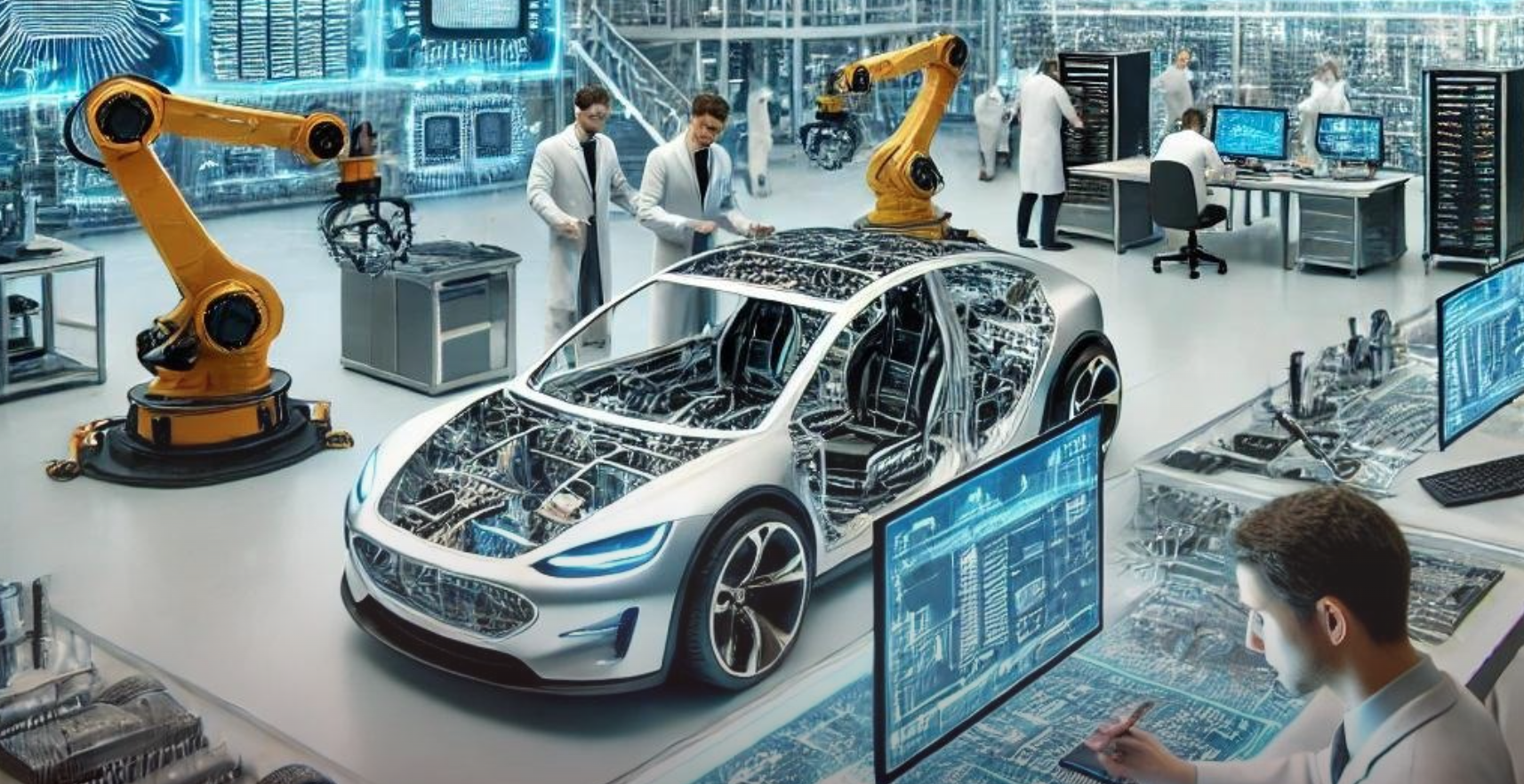E/E Architectures and Semiconductor Growth in the Automotive Industry
Published: 7.24.2024
A McKinsey & Co. report indicates a substantial transformation underway in the automotive industry, driven by the integration of advanced electrical/electronic (E/E) architectures. By 2032, it is projected that 30% of global vehicle production will incorporate zonal controllers, marking a significant shift towards centralized vehicle design to improve efficiency, weight reduction, and overall vehicle performance.

The transition to zonal architectures is expected to drive robust growth in the automotive semiconductor market. The market for automotive micro-components and logic semiconductors alone is forecasted to reach $60 billion by 2032. In a broader context, the overall automotive semiconductor market is anticipated to expand from $60 billion today to a staggering $140 billion by 2032, representing a compound annual growth rate (CAGR) of 10%.
This growth is underpinned by the increasing complexity and functionality of modern vehicles. Advanced driver-assistance systems (ADAS), infotainment, connectivity, and other high-tech features are becoming standard in new vehicle models. The centralized E/E architecture with zonal controllers facilitates the integration of these advanced systems, thereby enhancing vehicle capabilities and user experience.
The adoption of zonal controllers also contributes to reducing vehicle wiring complexity and weight, which in turn can improve fuel efficiency and reduce manufacturing costs. Moreover, this architecture supports the trend towards software-defined vehicles, where updates and new features can be implemented through software upgrades rather than hardware changes.
As the automotive industry continues to evolve, stakeholders from OEMs to semiconductor suppliers are positioning themselves to capitalize on these emerging opportunities. The integration of advanced semiconductors into E/E architectures is not just a technological advancement but a crucial step towards the future of mobility, promising safer, more efficient, and more connected vehicles.


.png)

